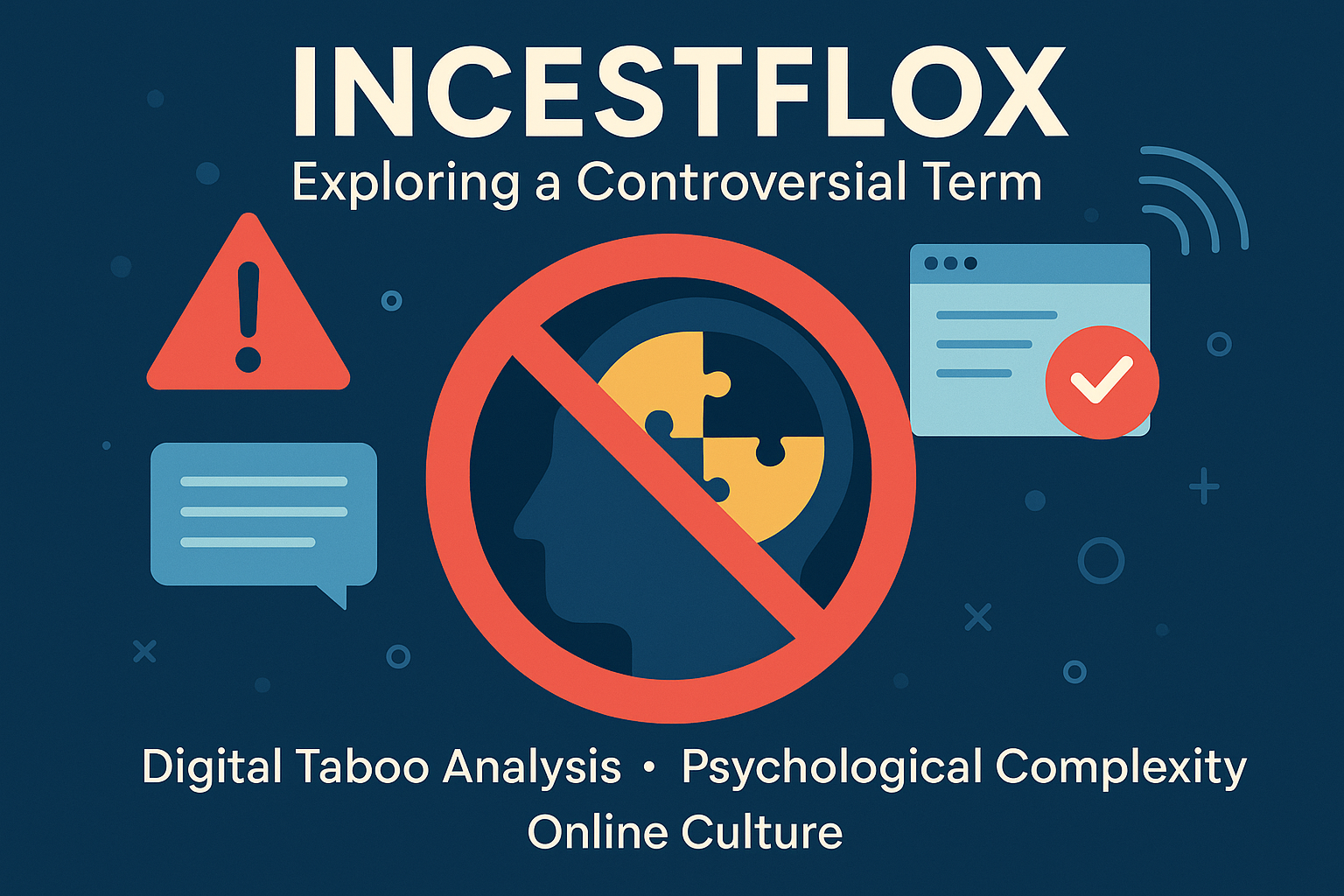26.2 miles or 42.195 kilometers is the distance of a Marathon! While some people dream in colors, I’ve been dreaming in numbers, at least since late November when I began logging my training miles. Over the 5 months leading up to the Marathon, I have traversed 475 training miles in total! April 30th, 2022, the day of the Derby Festival Marathon race in Louisville, Kentucky finally came and quickly went. My 23 yr. old son, Anthony, and I crossed the finish line together after 4:40:50 hours. While admittedly not a podium-winning pace, we ran the entire length, inspired each other along the way, and each gained a sense of personal accomplishment.
So, 26.2 miles from Greece to Louisville? I wish!! Certainly not in physical distance, but in conceptual travel. The CONCEPT of the marathon originated in Greece and has traveled worldwide, including to Louisville! Do you ever wonder why a marathon distance is 26.2 miles? What inspired the ORIGINATORS to run 26.2 miles? A sense of personal accomplishment? Fitness? A bucket list goal? Likely not!
The Messengers
While the motive of the “first marathoner” wasn’t fitness, he was clearly fit. In fact, he was ULTRAFIT! The story of the origin of the marathon is historically attributed to a person named Philippides. He was not simply an athletic citizen of Athens but was a hemerodromos, a military man whose “job” it was to be a day-runner or a message-bearer … a courier. That job was an important one, as ancient Greece at that time was composed of many city-states that were distant from each other. When messages needed to be communicated between the city-states, messengers traveled on foot from one city-state to the other to deliver them. If the message was urgent, they ran!
A messenger god even existed in the Greek pantheon and was represented by ‘Hermes’, who later became the Roman Mercury’. He was a DIVINE hemerodromos, if you will, who communicated messages from the gods to the mortals. The winged herald was the only Olympian god capable of crossing the boundary between the living and the dead and able to guide the souls of the deceased to the afterlife … to Hades. He was represented as an athletically built, nude youth with four attributes, those being a broad-brimmed hat (petasos), winged sandals (talaria), a purse, and a magical herald’s wand. He also became the patron of travelers and the shepherd of men.
The Origin of the Marathon
Let’s travel back and revisit that history. Persia reached its peak under Darius l, who took power over the Persian Empire in 522 BC. At that time the Persian empire seemed unbeatable. Darius’ relentless expansion was heading westward as he sought to control the entire eastern Mediterranean, with an aim to subjugate Greece. In his quest to control Greece, however, he knew that he needed to control Athens. So, in the summer of 490 BC, Darius sent 600 ships carrying an army of 25,000 men over the Aegean Sea. The fleet made landfall on the beach of Marathon, which was located just shy of 25 miles northeast of Athens. Word quickly reached Athens that the Persians have arrived. According to Herodotus, a Greek historian who detailed the event in his ‘The Histories’ about 50 years after the battle, a messenger named Philippides, a hemerodromos, was immediately dispatched from Athens to Sparta to plead for reinforcements. The distance from Athens to Sparta was about 150 miles, and over dirt trails, mountain passes, and ungroomed terrain he reached it in two days! In Sparta, Philippides presented a compelling case to the Spartans as to why they should send reinforcement and join the Athenians in battle. The Spartans, although keen to aid the Athenians, were unable to do so immediately and hence delayed their departure to Marathon. Then Philippides ran back to Athens … another 150 miles. So in the modern world, Philippides, who actually ran 300 miles, would be an ULTRAMARATHONER!
The Athenians were significantly outnumbered in infantry with only 11,000 compared to the Persian’s 25,000. They also lacked cavalry as well as the great skill and accuracy of the Persian archers. They knew they were in trouble! However, the Persians made a serious misstep by withdrawing their cavalry and sending them by ships toward Athens. The Athenians at Marathon quickly took advantage of their opportunity and attacked. They encircled the Persian infantry and massacred them. In an effort to escape from the carnage, the Persians broke rank and fled to their ships. When the fallen were counted there were fewer than 200 Greek casualties and over 6,000 Persian losses. The Persians were defeated!
Despite being too late for the battle, a force of 2000 Spartans finally arrived in Athens. They marched onward to Marathon and surveyed the racked battlefield. Thereafter they warmly congratulated the Athenians on their great achievement and headed home.
The Battle of Marathon marked a turning point in the wars between Greece and the previously undefeated Persian empire. The Greek victory against the vastly superior Persian forces ushered in the ‘Golden Age of Athens.’ The victory became a bright, shining moment in the history of Athens and not surprisingly inspired numerous legends and tales. One such LEGEND is that a messenger, who by the way was NOT Philippides, ran from Marathon to Athens (nearly 25 miles), subsequent to the battle, to deliver news of the Athenian victory. Upon arriving in Athens, the messenger exclaimed “Joy we won!” before dying of exhaustion. Herodotus made NO MENTION of that event in his detailed account of the Battle of Marathon. The sensationalized legend, which was added later and likely rooted in the writings of the Greco-Roman author, Plutarch, from the 1st c. AD, inspired the creation of the 26.2-mile race known as the marathon.

The Greek victory over the Persians not only inspired tales and legends but also resulted in architectural contributions that are still present in Greece today. The Parthenon was rebuilt on top of the Acropolis in Athens to celebrate the Athenian’s heroic victory against the Persian invaders. It served not only as a temple to the goddess Athena but was also used as a treasury by the Athenian empire and stood as a symbol of their triumph over Persia. The Athenians also built a treasury in Delphi, dedicated to the god Apollo in thanksgiving for their victory at the Battle of Marathon.
The Olympics and the Marathon
Pictured below is the original Olympic track in Olympia, Greece featuring the arch through which the athletes entered. Spectators would watch from the grassy embankments. Also my same son, Anthony, running an honorary lap in Olympia in 2007!
What does it take to run a Marathon?
Although there are over 1000 marathons in the USA each year, the top ones being Chicago, NYC, and Boston, only a small fraction of the people in the country, <1%, actually compete in the race. So, what does it take to run a Marathon?
-
clean eating and a nutritious diet to fuel your body
-
a slow, steady, and progressive physical training regimen
-
mental grit, and determination with a mindset that believes in oneself
Of these, I believe the MENTAL component is the most important because without that the other two are nearly impossible. Your head ‘needs to be in the game’ in order to elicit the motivation and discipline to eat well and train regularly.
What does it take to run an ULTRAMARATHON, like Philippides? I’m not quite sure, but likely the same parameters on a superhuman scale!





